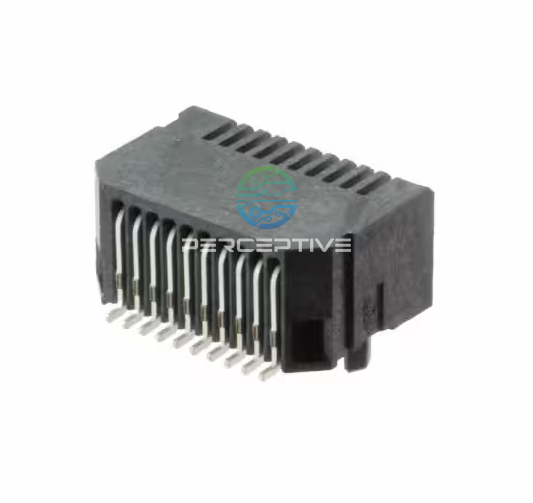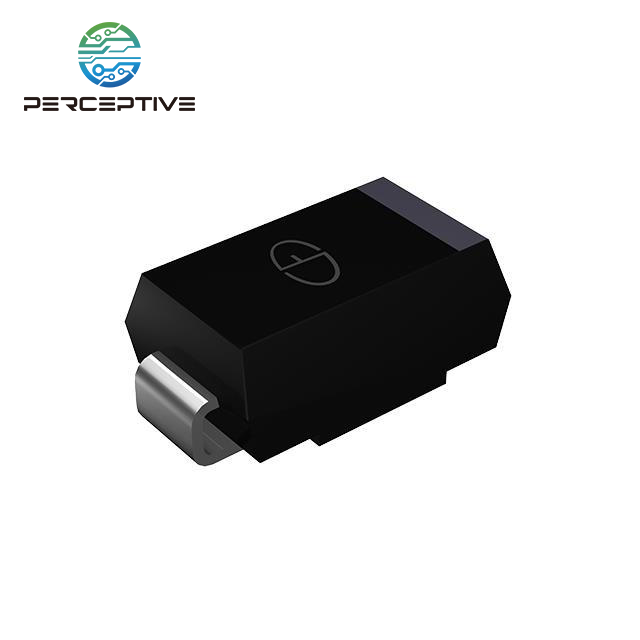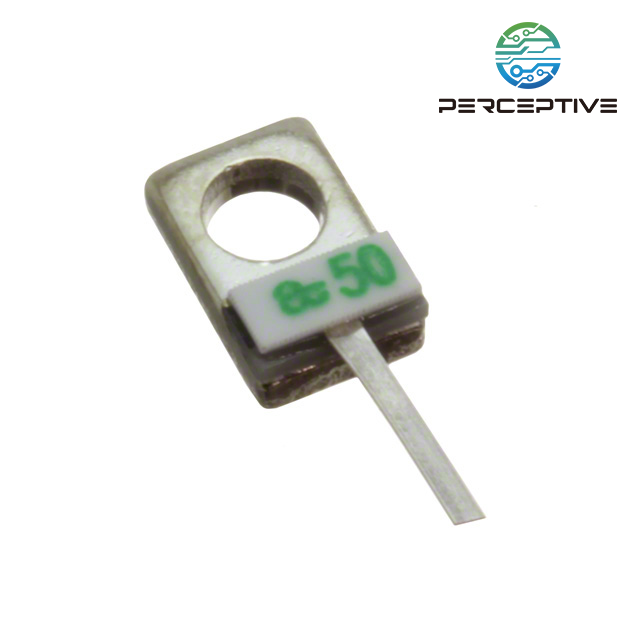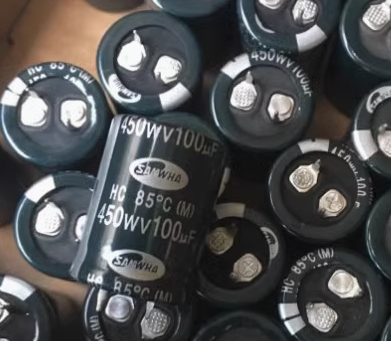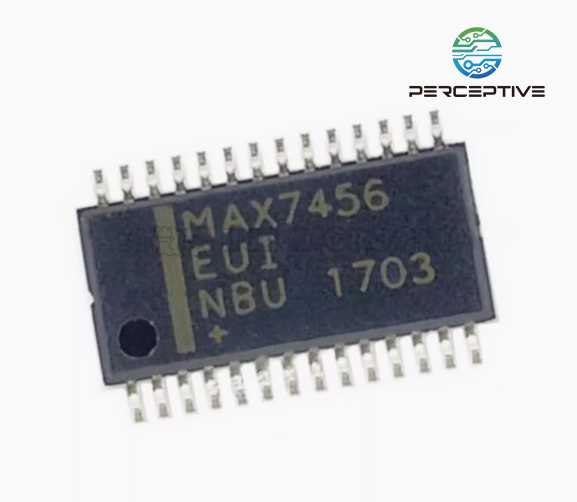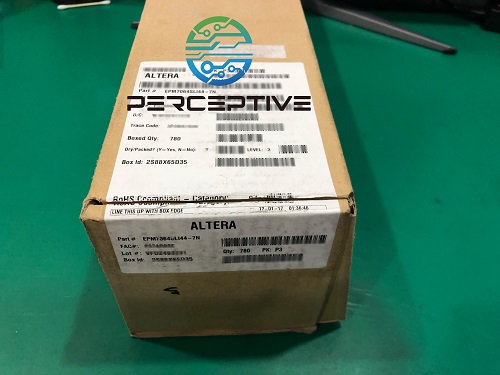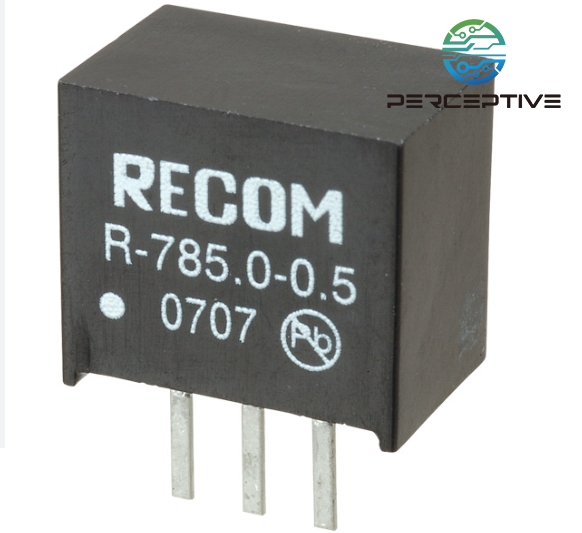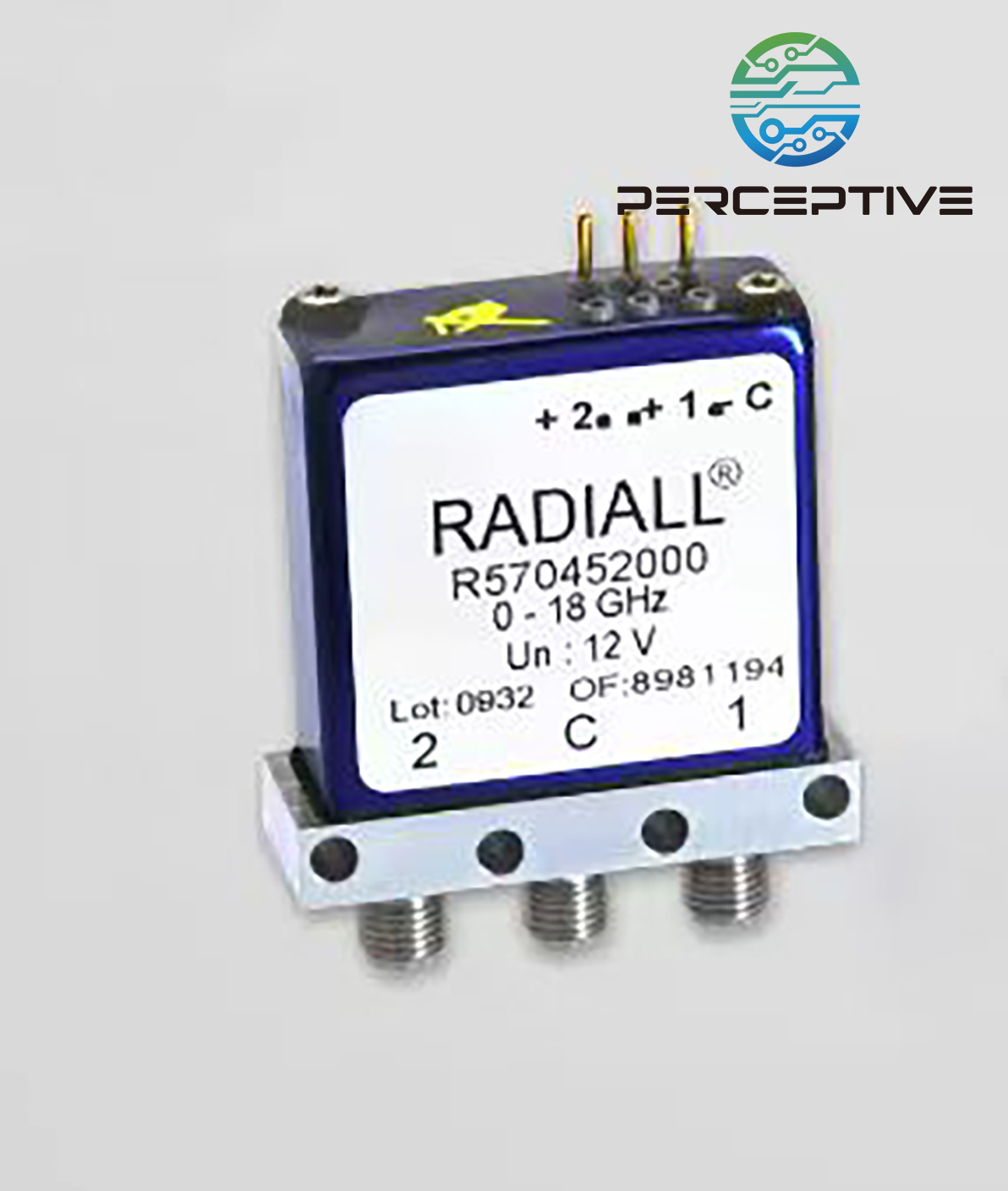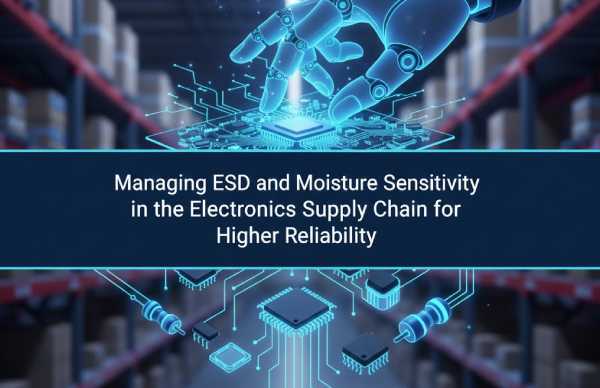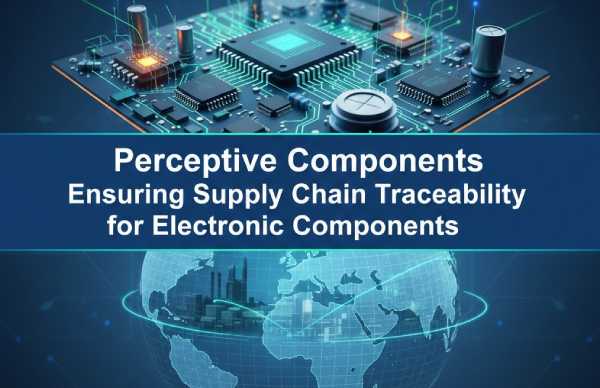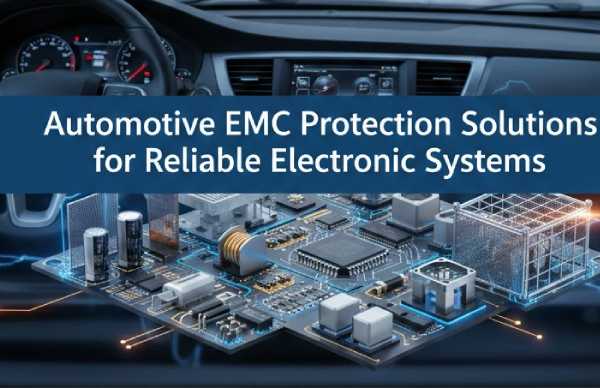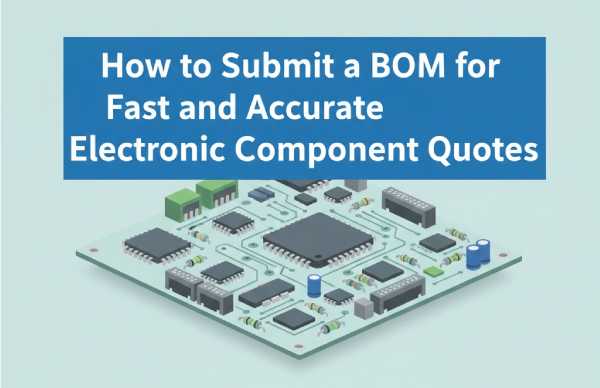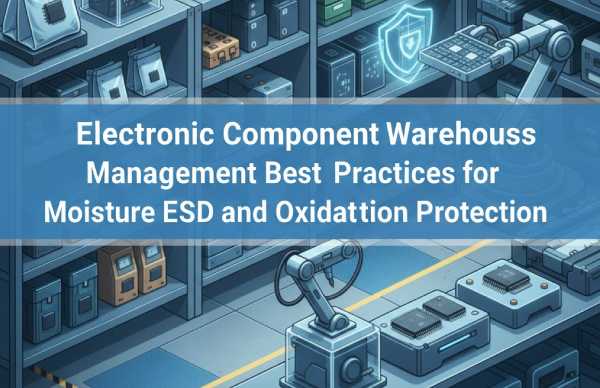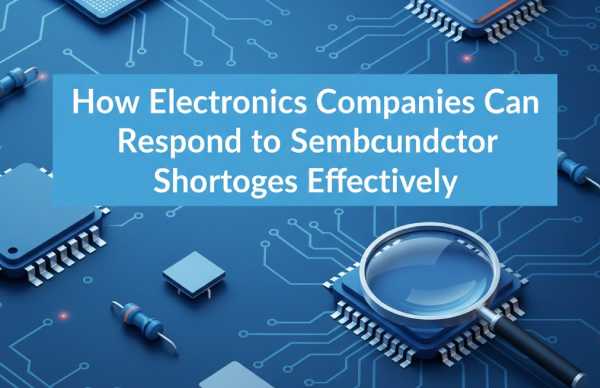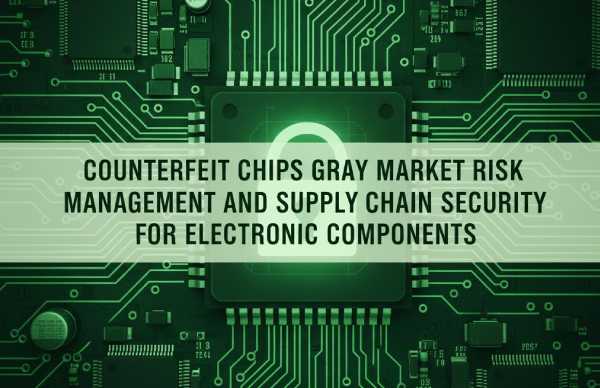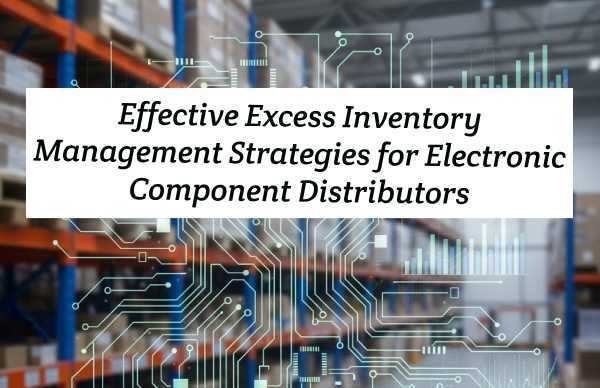Industrial automation systems — including PLCs, robotic controllers, motor drives, sensor hubs, and edge gateways — rely on efficient, reliable, and compact power architectures. In modern factories, inconsistent voltage, harsh environmental conditions, and mixed-voltage subsystems create significant design challenges. Proper power management is critical for uptime, safety, efficiency, and compliance with EMI/EMC standards.
To address these challenges, engineers use a combination of wide-input-voltage (wide-VIN) DC/DC converters, isolated power modules, PMICs, and digital power solutions. These components, including solutions from Texas Instruments (TI), are readily available through Perceptive Components, enabling designers to source high-quality, reliable parts for industrial automation systems.
Power Challenges in Industrial Automation
Industrial environments impose unique constraints on power design:
Wide input voltage and transient events: Motors and inductive loads can cause surges, dips, or spikes on 24 V or 48 V bus rails.
Long-term reliability: Systems must operate for 10–15 years under vibration, temperature extremes, and humidity.
Isolation and safety requirements: Gate drivers, communication interfaces, and sensor hubs often require galvanic isolation to protect personnel and sensitive components.
Mixed low-voltage rails: MCUs, FPGAs, sensors, and analog circuits often operate on different voltages, demanding careful sequencing.
EMI/EMC compliance: Switching power converters must meet strict emission limits while remaining compact.
Selecting robust power components is essential to address these challenges efficiently and safely.
Key TI Power Solutions for Industrial Systems
1. Wide-VIN DC/DC Converters
Wide-VIN converters tolerate input voltage fluctuations and protect downstream devices from transients. They are ideal for 24 V or 48 V bus rails powering logic, I/O modules, and analog subsystems. Features include high efficiency at full and light load, integrated overvoltage, overcurrent, thermal protections, and soft-start functionality.
2. Isolated DC/DC Modules
Compact isolated modules integrate transformers, control circuits, and protections, simplifying layout and EMI mitigation. Certified isolation levels accelerate compliance with safety standards. Common applications include:
Isolated sensor front-ends
RS-485 or CAN communication interfaces
Gate-driver supplies in IGBT or SiC motor drives
3. Power Modules and PMICs
Integrated modules combine controllers, MOSFETs, inductors, and compensation networks into one package, offering high current density, simplified BOM, and reduced board area. PMICs provide multiple regulated rails with sequencing and monitoring, ideal for FPGA-, CPU-, or SoC-based controllers.
4. Digital Power and PMBus Monitoring
Digital power solutions with PMBus/I²C enable real-time telemetry, fault logging, and remote margining. This allows predictive maintenance, remote diagnostics, and energy optimization. Engineers can detect overloaded rails or abnormal conditions in distributed automation systems before failures propagate.
All these components are available through Perceptive Components, providing a reliable source for authentic TI parts.
Practical Design Considerations
When designing industrial automation power systems, consider:
Use wide-VIN regulators to handle fluctuating inputs and ensure stable operation.
Deploy certified isolated converters to simplify safety compliance and reduce layout and EMI risks.
Integrate PMBus telemetry early to support predictive maintenance and improve uptime.
Reference TI evaluation kits and design guides to accelerate development and meet EMI, thermal, and electrical targets.
Plan thermal management and derating based on TI datasheets and layout simulations.
Standardize proven building blocks across multiple products to reduce qualification effort and ensure consistent performance.
Conclusion
Power architecture is the backbone of high-performance industrial automation. TI's wide-VIN converters, isolated DC/DC modules, power modules, PMICs, and digital power solutions provide designers with versatile tools to create compact, efficient, and reliable systems. These components are readily available through Perceptive Components, ensuring engineers can source authentic, high-quality parts for industrial controllers, motor drives, and sensor systems.
By combining TI power solutions with careful layout, EMI mitigation, and thermal management, engineers can build systems that are robust, maintainable, and ready for the demands of smart factories. Leveraging Perceptive Components for sourcing reduces design risk, accelerates time-to-market, and supports system observability, predictive maintenance, and long-term reliability — all critical factors in modern industrial automation.

